This article highlights the role of critical thinking in ELT and
suggests practical methods like dialogic teaching, inquiry-based
learning, and STEAM for a more effective and integrated learning
experience.
Integrating Critical Thinking in ELT
Interes general | Toate disciplinele
Propus de: DeliaCristea | 20.08.2024 21:45 | Revista cadrelor didactice nr. 111/2024 | 135 vizualizări
It is undeniable that there is a strong connection between language
and thinking. Language emerges as an expression of our cognitive
processes, while our thoughts, in turn, shape and influence the
language we use. Recognizing the interdependence between language
and thinking, teachers have the opportunity to cultivate learners
who possess not only linguistic proficiency, but also the cognitive
ability to navigate complex and communicative challenges.
Within the Romanian education system, a new topic has become
widespread – functional illiteracy. According to a report on the
level of literacy, a high number of Romanian students aged 15 have
basic knowledge but lack the skills to apply it, with more than 40%
being functional illiterates (BRIO, 2022). What is more, the number
seems to be increasing due to the coronavirus pandemic. As a result,
the concept of critical thinking has gained attention among Romanian
teachers.
However, the term “critical thinking” is not new. It has its
roots in Greek ancient philosophy and it has been considered a 21st
century skill along with communication, collaboration and
creativity.
Furthermore, critical thinking is embedded throughout the eight key
competences outlined in the European Framework for Lifelong
Learning, which serves the European member states as a tool in
designing the national curriculum. Therefore, critical thinking is
mentioned in Romanian National Curriculum as one of the transversal
competences that the students should acquire.
Critical thinking is a particular type of thinking that can be
explained from three different perspectives:
Philosophical:
• Critical thinking is “reflective thinking focused on deciding
what to believe or do” (Ennis, 1984).
• The concept can be traced back to ancient Greek philosophers who
valued questioning, investigating and reflecting before accepting
ideas as true.
Psychological:
• Critical thinking is seen as a skill, something that the
individual is capable of doing.
• It encompasses the cognitive processes employed in solving
problems and making decisions: analysis and evaluation of
information, making inferences and logical deductions.
• It is closely related to metacognition, which involves the
individual’s awareness of the process of thinking
Educational:
• The term “critical thinking” was first used by J. Dewey in
1910, as a name of an educational goal that he identified as a
result of a scientific attitude of mind “driven by curiosity”
(Dewey, 1910).
• It is generally associated with Bloom’s Taxonomy of
Educational Objectives and it can be understood as a higher-order
thinking skill which involves subskills such as classifying,
generalizing, exemplifying, comparing and contrasting etc.
INTEGRATING CRITICAL THINKING IN ELT
The starting point is by thinking and designing learning objectives
in terms of measurable behavioural outcomes (Bloom’s taxonomy) and
choosing methods and techniques that enable students to acquire the
desirable learning outcomes.
APPROACHES AND METHODS
All methods and approaches stem from the constructivist approach to
learning.
Dialogic teaching
• an approach based on the idea that children learn through social
interaction;
• it can be implemented through debates, the Socratic method
(Socratic Questioning or Socratic Circles), Think-Pair-Share, and
problem-solving strategies that spark conversation.
Inquiry – based learning (IBL)
• based on J. Dewey’s philosophy that education begins with
curiosity of the learner;
• it emphasizes exploration, discovery and investigation; it
shares elements with problem-based and project-based learning.
• Implemented through methods and techniques such as: the K-W-L
charts, See-Think-Wonder, Cubing
Task-based learning (TBL)
• an approach based on the belief that students learn the language
better by focusing on completing a task than by engaging with
language structures and functions;
• in completing the task, students are encouraged to think
critically by evaluating different options, considering different
viewpoints, making decisions and reflecting on the learning
outcomes;
• implemented through “The Six Thinking Hats” or Jigsaw
reading.
New pedagogies: STEAM and CLIL
• STEAM – an acronym for an “educational approach to learning
that uses Science, Technology, Engineering, the Arts and Mathematics
as access points for guiding student inquiry, dialogue and critical
thinking” (The Institute for Arts Integration and STEAM);
“language is the glue that holds STEAM together” (Broderick,
2016).
• In STEAM, students are encouraged to explore and solve
real-world problems as the principle behind the approach is that, in
real world, individuals may not have to solve problems which come in
isolation, but they may need to make connections between knowledge
from different areas and subjects; it encourages the developments of
the 4 C’s.
• CLIL stands for Content and Language Integrated Learning and it
refers to teaching subjects such as science, history, geography to
students through a foreign language;
• With CLIL, language is learned and used to build knowledge
(content) and subject learning becomes the motivation for students
to learn the target language.
Both STEAM and CLIL are interdisciplinary and provide opportunities
for students to learn in a more holistic and integrated way. This
can help to make language learning more relevant and meaningful for
students, and promote deeper learning and critical thinking.
Bibliography
Alexander, R. L. (2018). “Developing dialogic teaching: genesis,
process, trial”, Research Papers in Education,
http://robinalexander.org.uk/wp-content/uploads/2019/12/RPIE-2018-Alexander-dialogic-teaching.pdf
Broderick, M. (n.d.) STEAM into World Language Education,
https://psmla.org/sites/default/files/Broderick%20STEAM%20into%20Foreign%20Language%20Education.pdf
Dummet, P., & Hughes, J. (2019) Critical thinking in ELT: A working
model for the classroom, Boston, MA, USA: National Geographic
Learning.
Ennis, R. H. (1996). Critical Thinking. New York: Prentice Hall.
Krathwohl, D. (2002). “A revision of Bloom’s Taxonomy: A
overview.” Theory into Practice, 41(4).


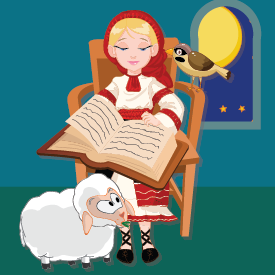

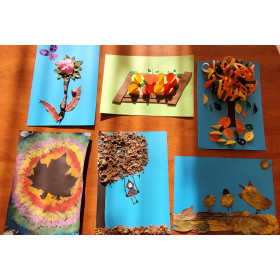

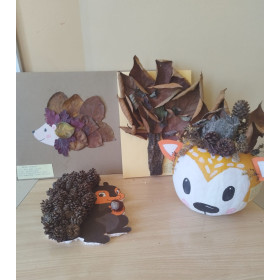
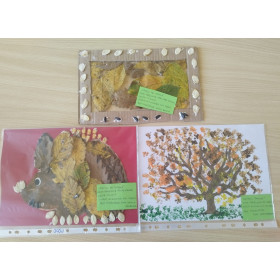
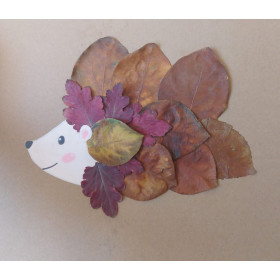
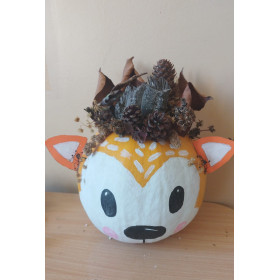

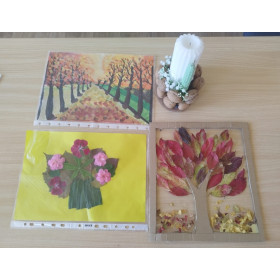
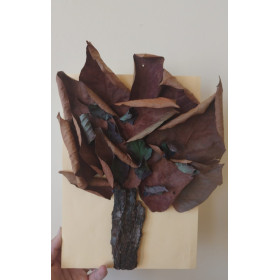


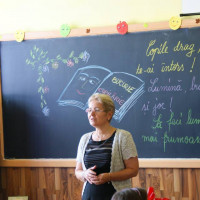

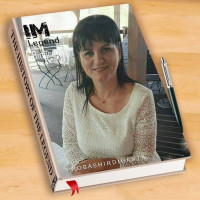

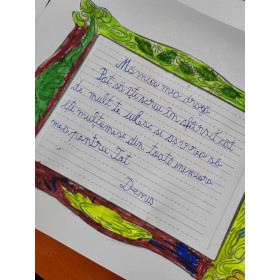



Comentarii (0)
Nu există niciun comentariu
Autentificaţi-vă pe site pentru a putea publica un comentariu.